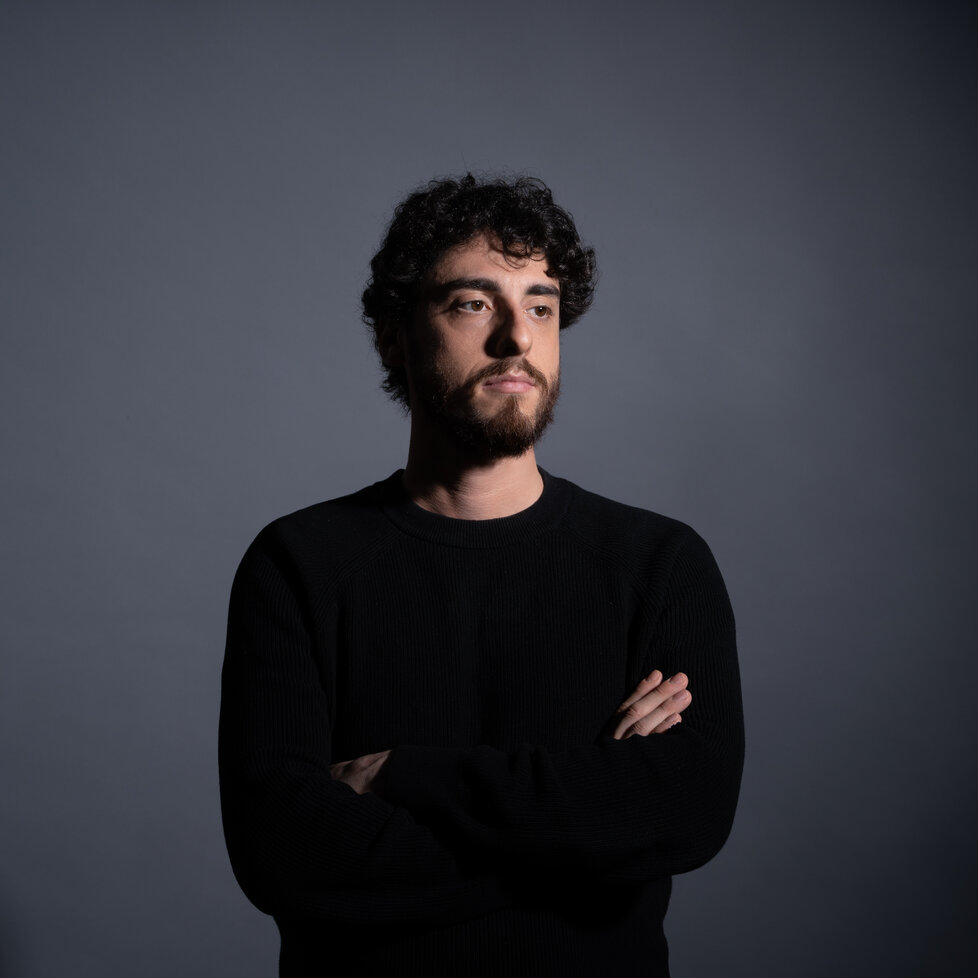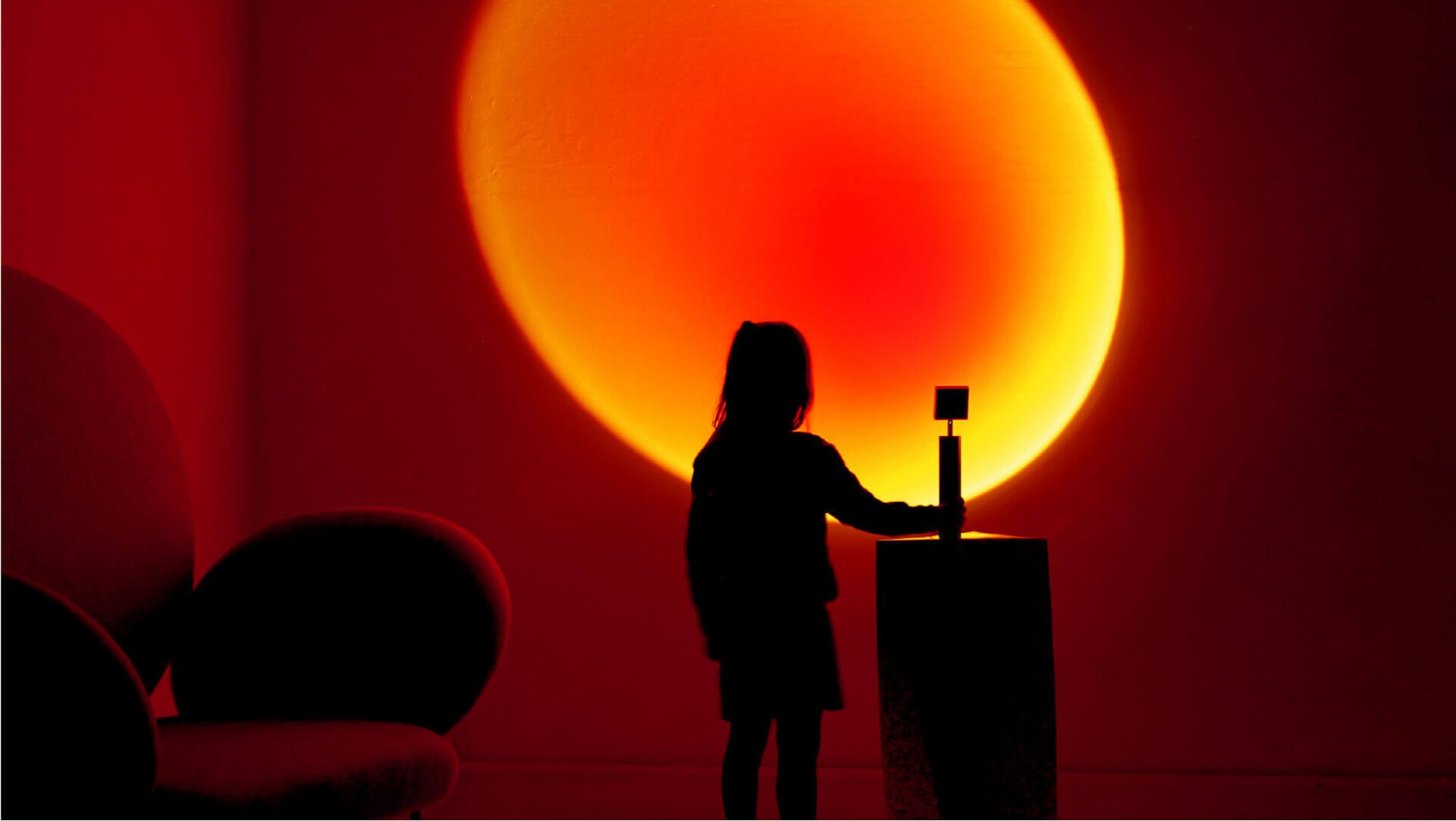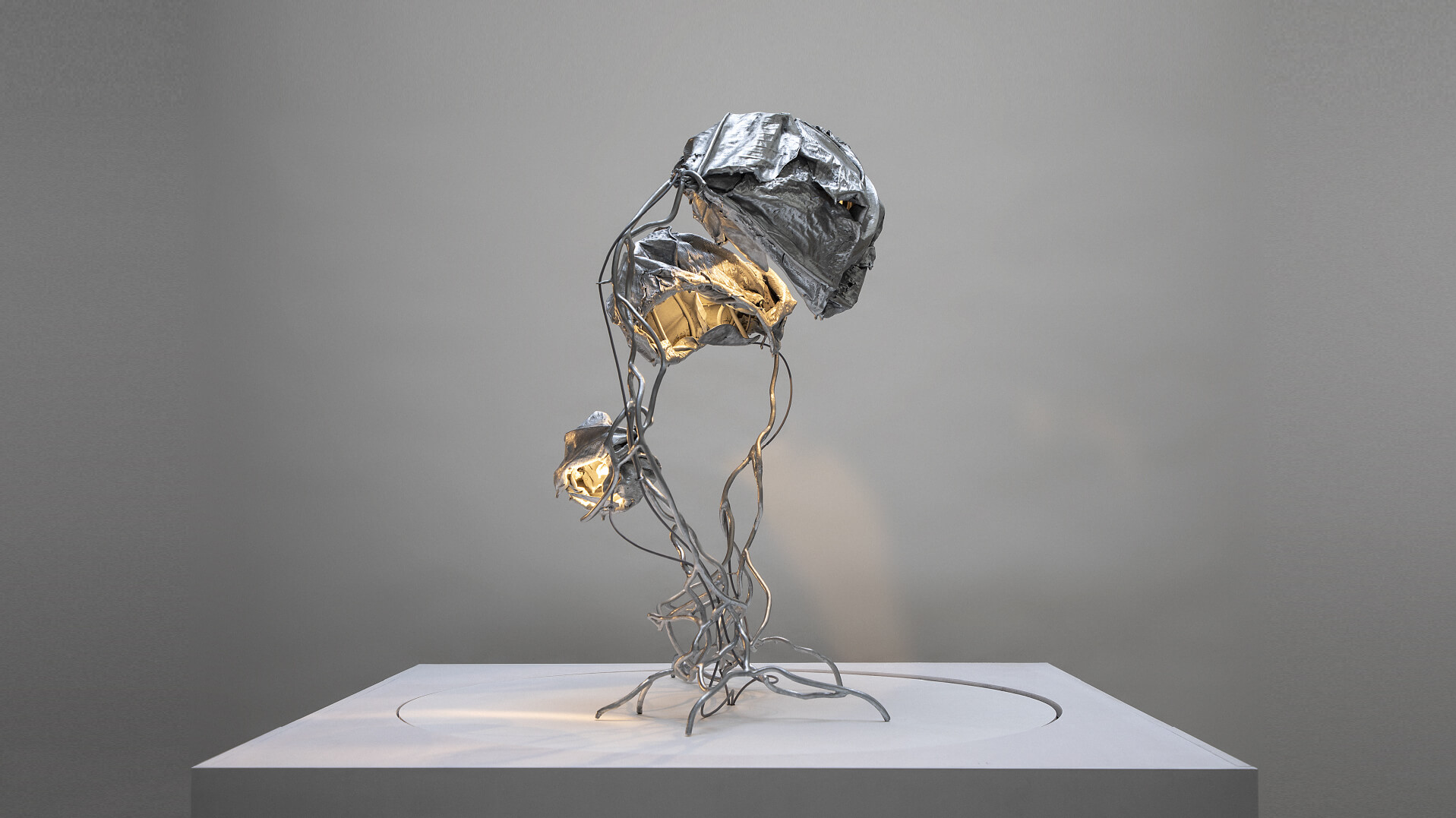Can Industrial Design be a mainstream topic? Meet the Italian Caffé Design
The big dilemma in the industrial design discourse is that it often comes across as dreadfully dull to those who aren’t experts. But is it truly monotonous, or is it more of a communication issue? Let’s delve deeper into this by examining a captivating Italian case study: Caffé Design.
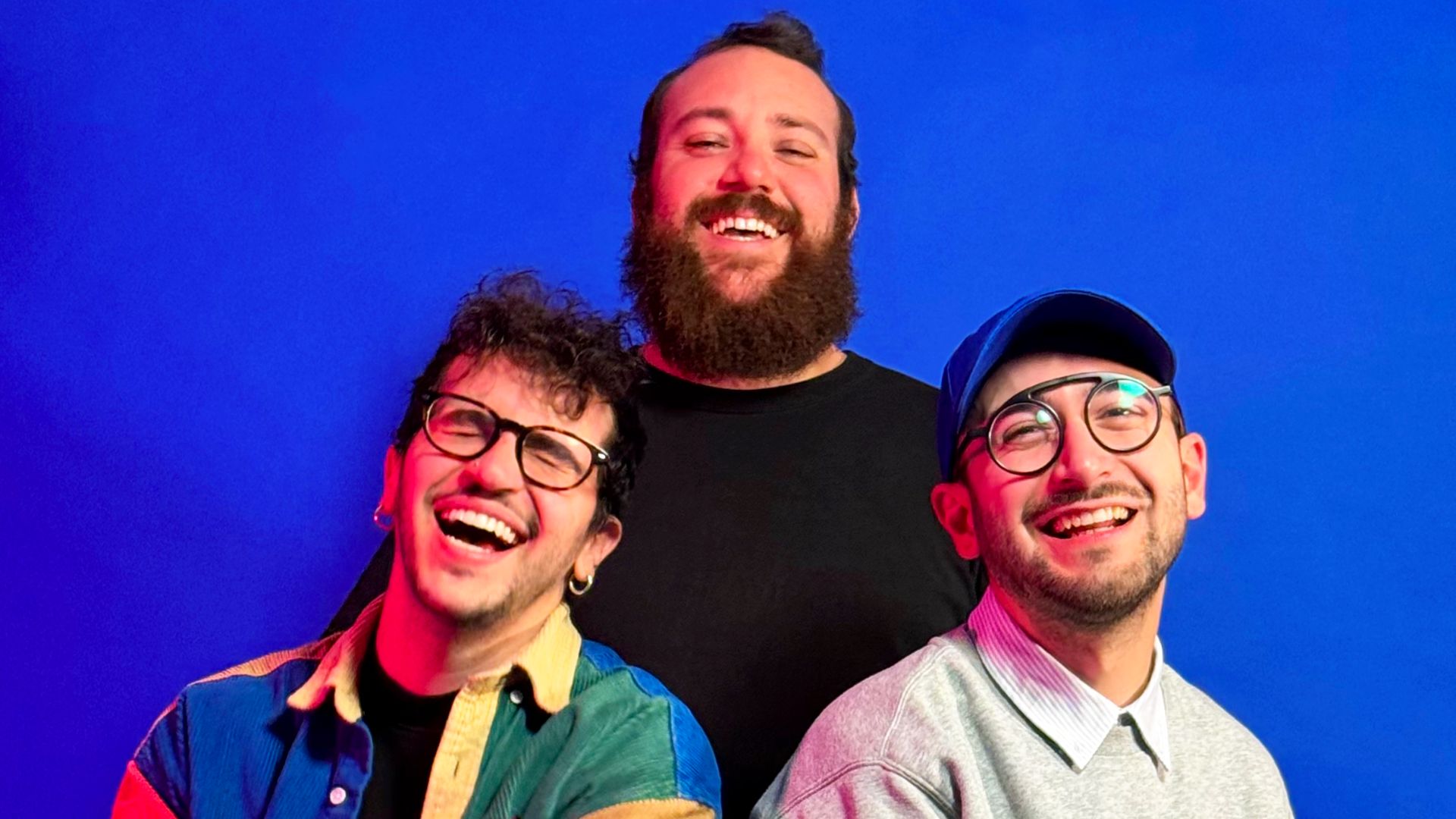
Caffè Design is an Italian podcast that delves into the world of design.
The problem arises when people discuss design, as they tend to activate their product-story, color, weight, and style critique receptors, focusing solely on what meets the eye and stating the obvious without adding real value to the conversation. This tendency renders most design podcasts so tedious that completing an episode requires an extraordinary effort, driven solely by the need to fulfill a task related to one’s area of interest. What’s missing, in a way, is a crucial component that listeners seek in a podcast: entertainment.
However, there are exceptions, and one of the most noteworthy ones in Italy is the podcast hosted by Riccardo Breccia, Giuliano Guarini, and Ferdinando Esposito.
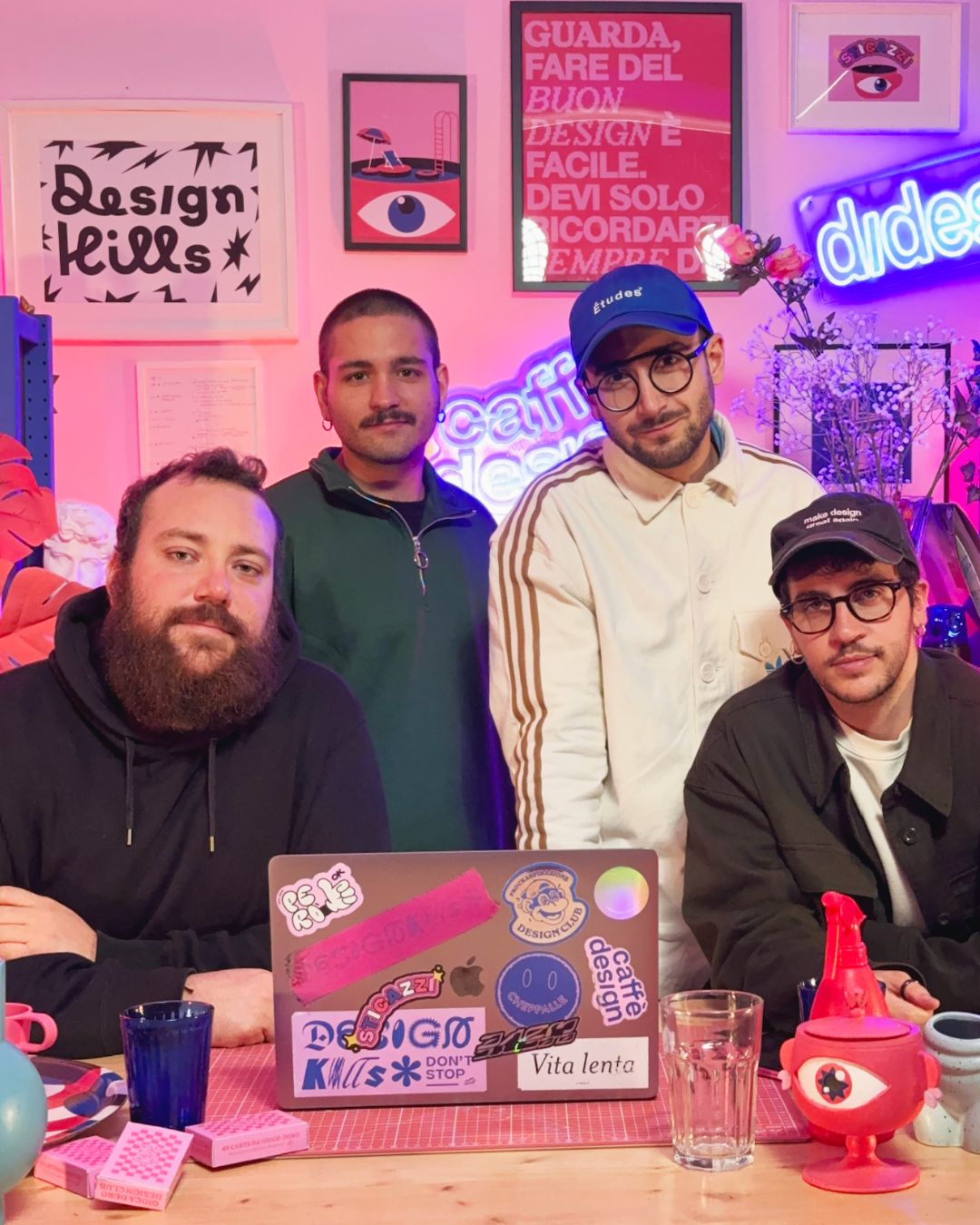
While most podcasts emerged during the quarantine period due to Covid19, serving as a means for professionals and entertainers to stay connected with a stagnant global community, Caffè Design was already established. These three designers began discussing design in front of a microphone during unexpected times back in October 2017. I never imagined that the podcast format would be such a success story. They were pioneers at a time when the trend was just emerging overseas, yet there were few doing it in Italy (with noteworthy quality). It was challenging to spread the word and find references to draw inspiration from, or to promote it effectively on various platforms.
I endeavored to understand their story better because they have now become an institution in design. However, achieving such popularity with design topics is no easy feat, in my opinion. Thus, I attempted to reconstruct their journey, not merely through online research, but also by reaching out to Breccia, who generously shared some insights into dynamics that might be invisible to a podcast consumer.
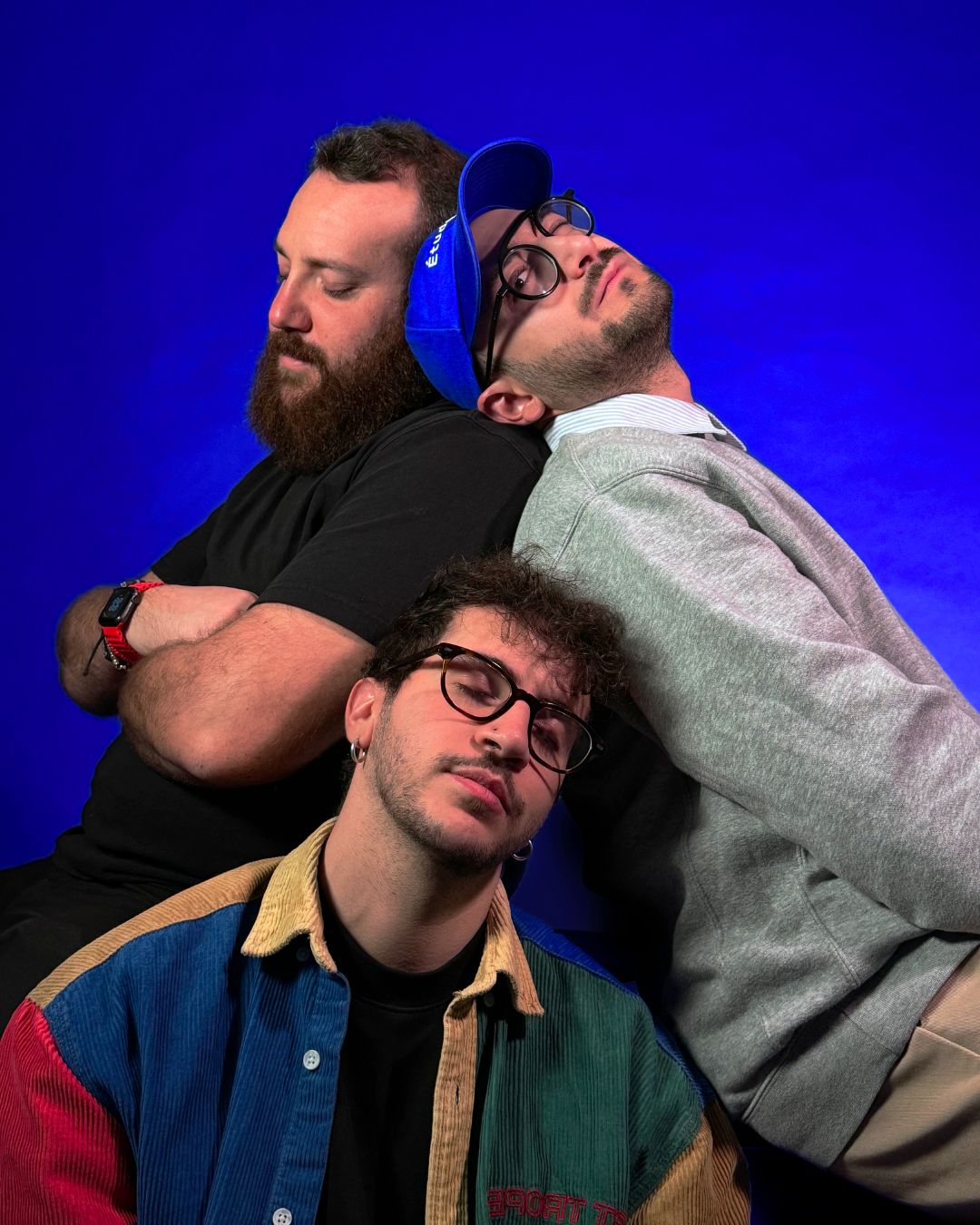
The first notable aspect is that this podcast established a robust online presence from the outset, with a clear visual identity. While it might seem obvious that a trio of designers would have a strong brand, it’s actually a declaration of intent because maintaining such quality from the beginning and enhancing it later isn’t easy. It requires consistency and a steadfast belief in the project at hand.
Does all this effort yield results? Absolutely. Riccardo mentioned that they realized their impact in the second year when they were invited to speak at a conference that sold out. It’s difficult to ascertain whether the whole endeavor is worth it, but when people attend your events live and travel just to hear what you have to say, that’s more than a good sign; it’s an encouragement to keep up the good work.
The reason why Caffè Design is so popular in Italy lies not only in the power of their online presence, which is growing alongside the proliferation of social media platforms, but also in their tone. By employing a modern and genuine language, they’ve managed to cultivate a strong fan base among the youth and individuals seeking entertainment.

The primary reason people listen to podcasts is for entertainment, even if it serves a cultural purpose. Design is complex, even if the output appears simple, but that doesn’t mean that communication and phrasing should be equally complex. Reaching a broader audience still enhances sensitivity toward a topic; the more people understand the basics, the more they can appreciate the complexities later on.
Many mainstream topics today were once obscure, especially before the internet boom. Take cuisine, for example. We’re now much more informed about the food we consume and how to prepare it. We understand what it means to dine at McDonald’s and why Michelin-starred restaurants serve such small portions. We’ve grasped the intricacies of a subject that’s in our hands, determining the appropriate reading level based on our interests.
The same can be done with design (read also the story of Anson Cheung), sparking passion for a topic that isn’t exclusive to an elite few. Simply understanding the rationale behind logo creation, manufacturing quality, or the placement of a button on a device can elevate overall critique and prompt people to make informed choices. Not to mention, quality entertainment can engage the younger generations, who are the driving force behind future innovations.
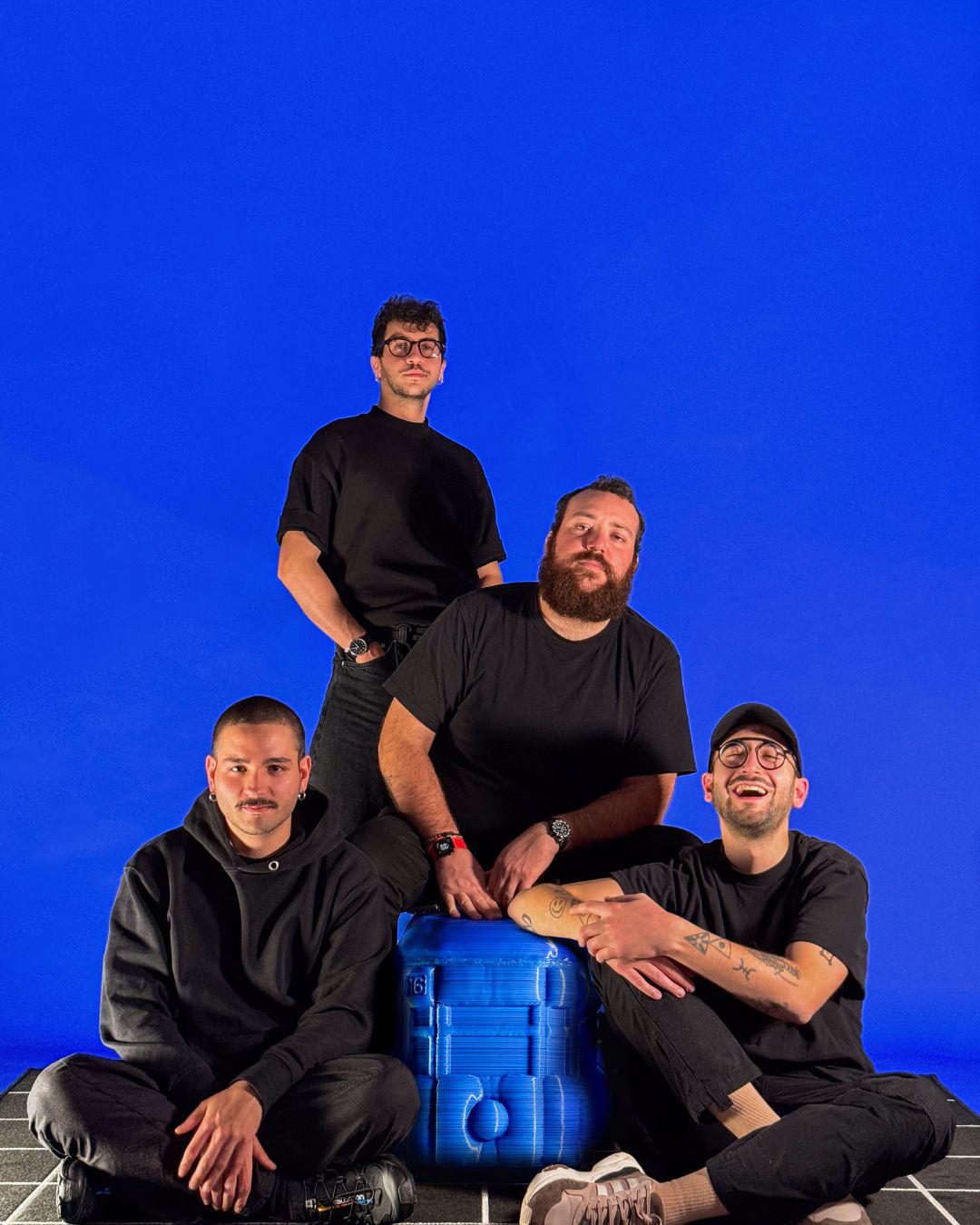
The trio’s popularity has also led to collaborative opportunities beyond the podcast realm, as they’re now considered influencers. Their words carry weight, and brands are naturally drawn to collaborate with them. In the past, such dynamics were steered by the push of a PR agency, aiding professionals in finding a niche in a crowded market. Now, the focus is shifting toward content creation, gradually yielding returns on the investment made thus far.
This shift indicates that change is underway, and the game may soon change for design players as well.


